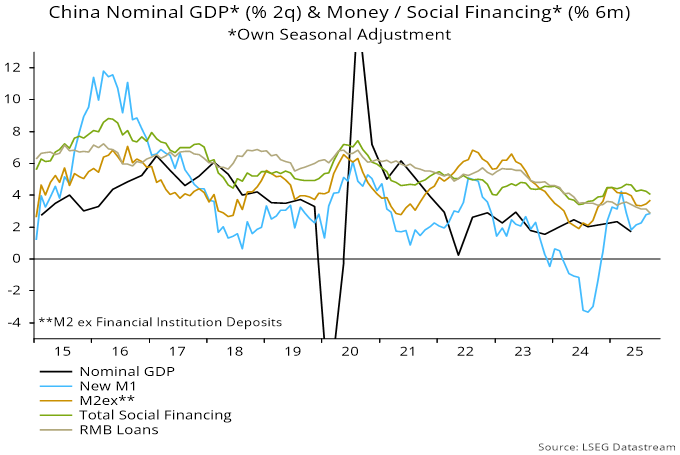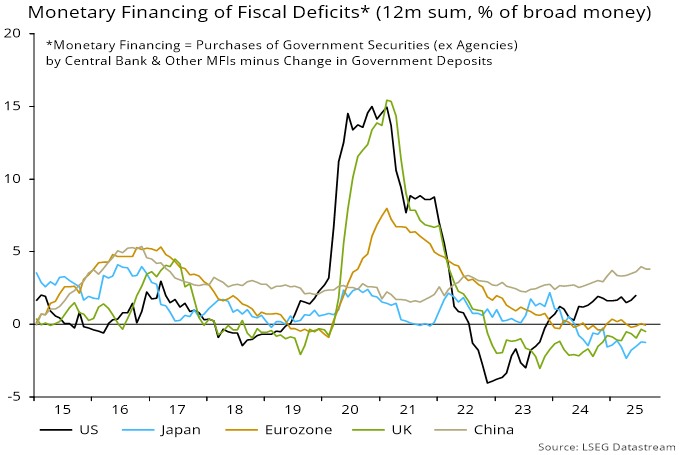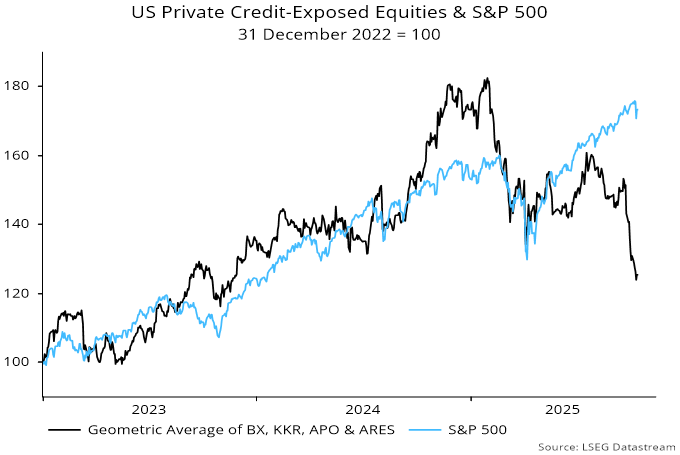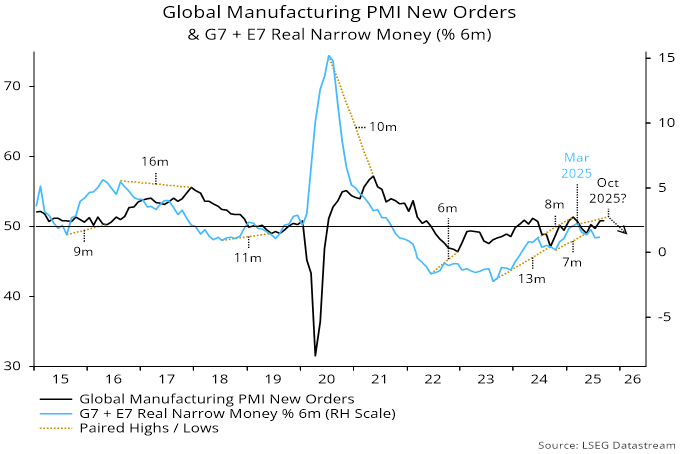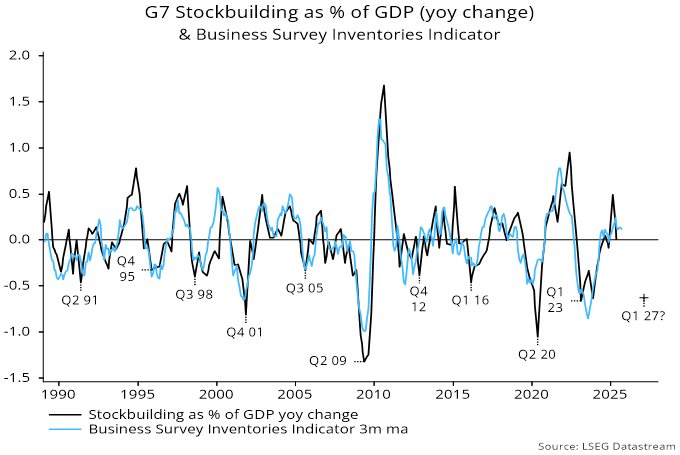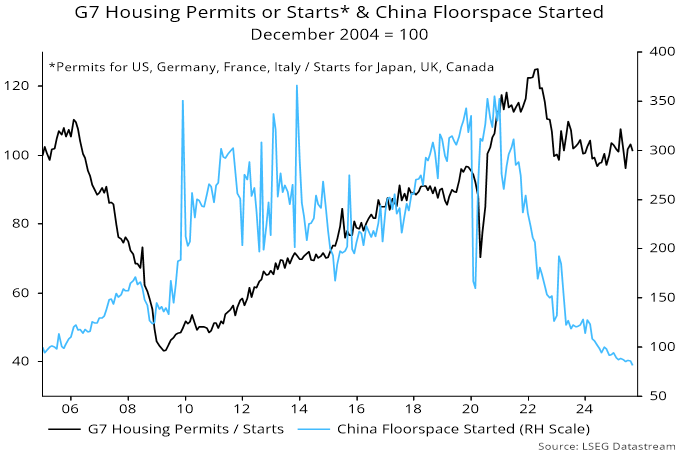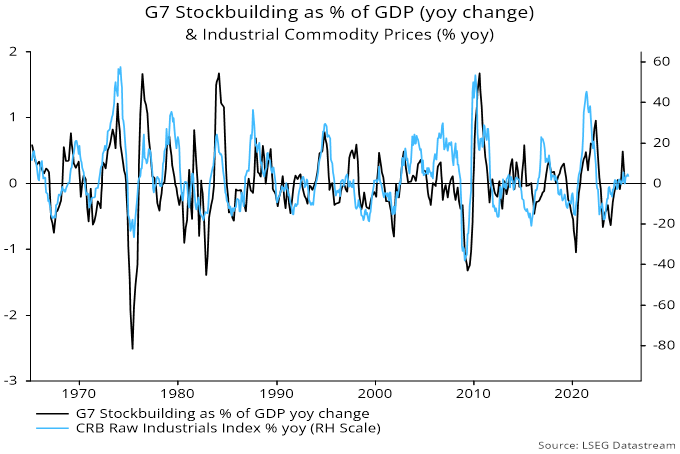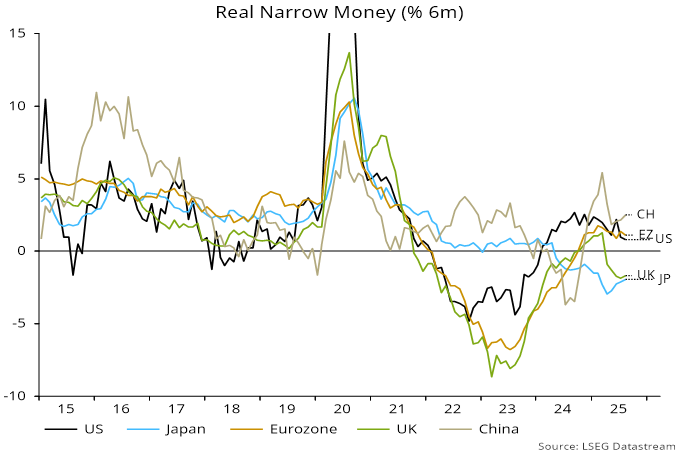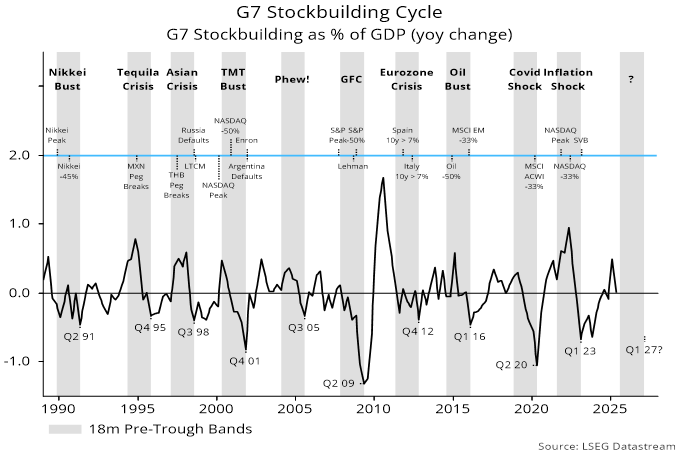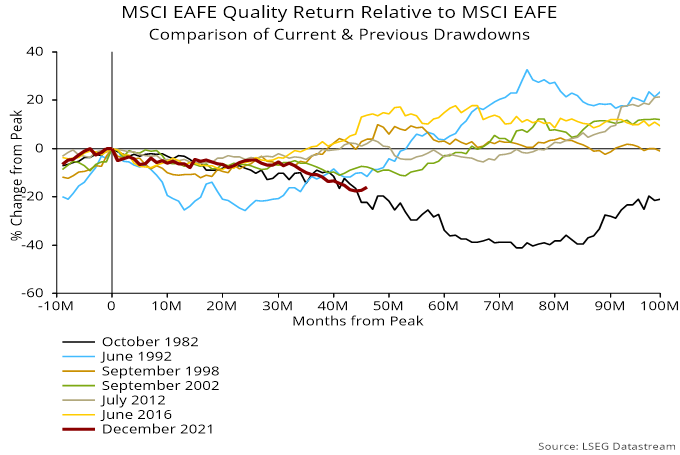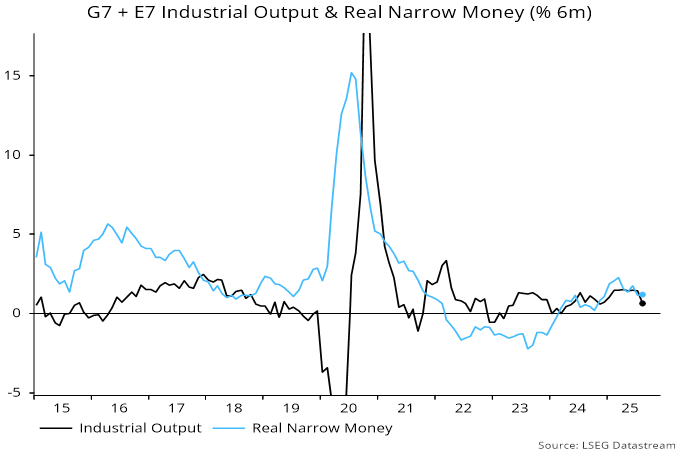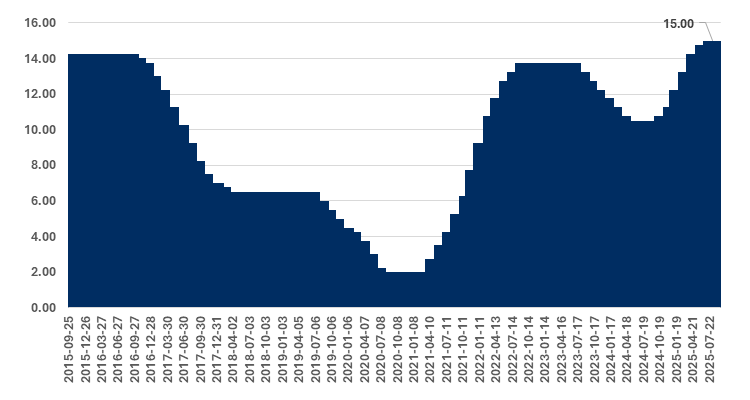
For decades, the strategic asset allocation (SAA) process has provided institutional investors with a structured, benchmark-driven framework for managing portfolios. This approach, grounded in academic research and modern portfolio theory, has helped countless boards and investment committees move beyond the classic 60/40 equity/fixed income allocation to embrace a more diversified mix.
As the investment landscape evolves, some of the world’s largest investors are transforming their processes, adopting an innovative total portfolio approach (TPA) that treats the portfolio as a single, dynamic entity rather than a collection of separate asset classes. This article explores the evolution of asset mix strategies, the merits and limitations of SAA and the promise and challenges of a TPA.
The evolution of asset mix strategies
Institutional investors have experienced significant changes in their asset mix over the years. The classic 60/40 model dominated for decades, until Yale’s David Swensen and Dean Takahashi pioneered a shift toward alternative investments in the late 1980s and early 1990s. By introducing private equity, hedge funds, real estate and natural resources, they revolutionized asset allocation and diversified portfolios beyond traditional boundaries.
As other institutions moved beyond the 60/40 allocation, the SAA framework became a critical tool for guiding long-term asset mix targets, based on investment objectives, risk tolerance, liquidity needs and time horizon.
Advancements in technology and greater access to data are transforming how financial markets operate and how portfolios are managed. Investors can now better understand the impact of their decisions, enabling more dynamic and informed portfolio management, which has led to the TPA becoming the latest evolution. It offers valuable concepts for all investors, even though it remains the domain of the largest global institutions.
The enduring appeal of SAA
The SAA process is intuitive and provides a quantitative discipline for establishing asset mix. Its enduring appeal lies in its accessibility, where any investor, regardless of size, can use it. At its heart, the SAA process is about enhancing diversification – which can reduce risk without sacrificing target returns – or enabling higher returns while keeping risk consistent.
The process begins with defining investment objectives, time horizon, risk comfort, and liquidity needs. Based on these metrics, investors analyze expected performance and volatility to determine potential mixes, but with a general prioritization on relative returns. The final asset mix decision often hinges on which asset classes a board or investment committee is most comfortable with.
Once selected, the mix is refined, which can imply adding new asset classes or investment managers to the mix, or simply tweaking the allocations among the existing asset classes and managers. The portfolio is monitored against objectives and benchmarks, ensuring ongoing vigilance and adaptability as market conditions evolve.
Limitations and disconnects in SAA
While the SAA framework has stood the test of time, it is not without flaws. A common critique is the disconnect between asset allocation design and manager selection. When these steps are managed separately, inefficiencies can arise, reducing diversification benefits. This separation can also result in the portfolio’s risk-return experience deviating from the intended profile, especially when too much focus is placed on past performance during manager selection, overlooking risk.
Adding new asset classes and investment managers typically requires a formal review, slowing down the ability to respond to evolving market conditions. Long-term capital market assumptions guide SAA decisions, but their reliability is questionable. Studies show that while return forecasts often miss the mark, risk forecasts tend to be more consistent with actual outcomes. This suggests that focusing on managing risk may be wiser than chasing returns.
What is a total portfolio approach?
Unlike the traditional SAA model, where asset classes are managed in silos, the TPA treats the portfolio as one unified whole. Every investment decision is evaluated for its impact on the overall risk and return of the portfolio, with a particular focus on risk. This holistic, agile approach leverages cross-asset expertise and enables teams to respond quickly to changing market dynamics.
However, adopting a TPA is not simply an investment process shift; it is a cultural transformation. Organizations must move beyond managing asset-class silos to embrace a unified portfolio model, requiring bold changes in culture and governance. Boards and investment committees need to delegate more decision-making authority and empower CIOs and internal investment teams. Under the TPA, collaboration across specialist disciplines and alignment of incentives are essential for total portfolio success.
Who is leading the way?
The TPA was initially adopted by the world’s largest investors, such as the Australian Future Fund, Canada’s CPP Investments, the New Zealand Superannuation Fund, and GIC, Singapore’s Sovereign Wealth Fund. These institutions have the scale to integrate investment teams and create collaborative environments necessary for a TPA to work. The TPA philosophy began to take formal shape around 2006, but its roots go back further, notably to TRW in the early 1990s, where Chief Investment Officer Bob Hamje shifted the focus from individual mandates to total portfolio performance, rewarding managers for collaboration and overall success.
SAA versus TPA: Comparative perspective
The table highlights key differences between SAA and TPA.
| Characteristic |
Strategic asset allocation (SAA) |
Total portfolio approach (TPA) |
| Performance assessed versus: |
Asset class benchmarks |
Fund-level goals and reference portfolio |
| Success measured by: |
Relative value added |
Total fund return |
| Opportunities for investment defined by: |
Asset classes |
Contribution to total portfolio outcome |
| Diversification achieved through: |
Asset classes |
Risk factors |
| Asset allocation determined by: |
Board-centric process |
CIO-centric process |
| Portfolio implemented by: |
Multiple teams competing for capital |
One team collaborating across strategies |
Source: Thinking Ahead Institute
The move from SAA to TPA represents a significant transformation. With SAA, success is defined by performance relative to a total fund benchmark, which is calculated as a weighted average of the benchmarks for each asset class. The TPA, on the other hand, measures success against fund-level goals, typically guided by a reference portfolio.
Under SAA, each asset class is selected for its role in meeting return, risk, diversification, and liquidity objectives. The TPA shifts emphasis to understanding how each investment opportunity contributes to the overall portfolio outcome, with risk factors and risk premia shaping both strategy and results. This approach allows for more robust stress testing under different macroeconomic regimes, providing a clearer understanding of a portfolio’s resilience.
Perhaps the most profound change under the TPA is the shift in culture and governance. Decision making moves from being board-centric to being centered on the CIO and investment team, fostering collaboration and accountability for total portfolio outcomes.
Challenges of TPA
While the appeal of TPA is clear, it can be challenging to implement. The challenges are not just technical but also cultural and governance related. TPA empowers the CIO with greater investment discretion, opening the door to more dynamic portfolio management. Many funds adopting TPA use a reference portfolio, typically comprised of equities and fixed income, as an additional benchmark, but this can lead to counterfactual thinking and misplaced concerns if the more diversified TPA portfolio underperforms the reference portfolio over shorter-term periods.
The TPA also demands significant investment in data and infrastructure for risk analysis, making it challenging for smaller funds to contemplate. In addition, assessing individual manager contributions becomes more nuanced. Under the TPA success is measured by the impact on overall portfolio outcomes rather than asset-class benchmarks, which makes it more challenging to appreciate individuals’ or specific teams’ contributions.
Practical lessons for all investors
While a full TPA may be beyond the reach of most investors, elements of the approach can strengthen decision-making and improve outcomes, including:
- Reframing objectives to focus on total portfolio outcomes and have less emphasis on relative returns.
- Enabling greater investment flexibility through governance education that engages the board early in the review process with the goal of obtaining comfort with a broader set of investments.
- Shifting emphasis from return forecasts to risk expectations, since the evidence suggests risk forecast tend to be more dependable than return forecasts.
- Enhancing implementation through completion portfolios to maintain the total portfolio’s alignment with long-term objectives.
Conclusion
Although the total portfolio approach has so far been adopted by the largest funds, its lessons are relevant to all investors. The emphasis on risk, alignment with long-term goals, and more flexible governance point to a more resilient and responsive way of managing portfolios.
Even if a full TPA is not practical today for smaller investors, there is real value in adopting elements of the approach and weaving its philosophy into board discussions and asset allocation processes over time.
